watch now
Justice Anthony Kennedy, a crucial swing vote on the Supreme Court, announced Wednesday he's retiring at the end of July, giving President Donald Trump another chance to fundamentally reshape the highest court in the land.
His departure could have massive effects on U.S. policy, particularly on abortion rights and gay rights nationwide. His announcement immediately raised questions about how long the court would stand by its earlier abortion rulings, including Roe v. Wade.
In a statement, the Supreme Court said the 81-year-old Kennedy will step down effective July 31. The judge called it "the greatest honor and privilege to serve our nation in the federal judiciary for 43 years, 30 of those years in the Supreme Court." Kennedy wants to spend more time with his family, even though they were content with him staying on the court.
He also sent a letter to Trump on Wednesday notifying the president of his decision. The court adjourned for the summer earlier in the day.
"For a member of the legal profession, it is the highest of honors to serve on this Court," he wrote. "Please permit me by this letter to express my profound gratitude for having had the privilege to seek in each case how best to know, interpret and defend the Constitution and the laws that must always conform to its mandates and promises."
U.S. Supreme Court Associate Justice Anthony Kennedy.
Getty Images
Speaking to reporters Wednesday, Trump called Kennedy a "great justice" who has displayed "tremendous vision and heart." He said a search for his successor will start "immediately.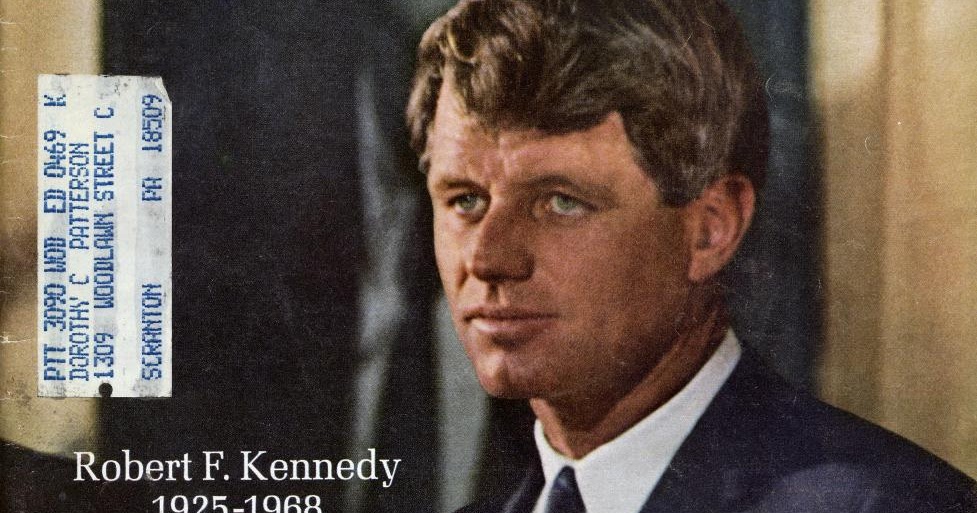 "
"
The president's first nominee to the court, conservative Justice Neil Gorsuch, has already had an enormous effect on U.S. policy in narrowly decided rulings this week related to Trump's ban on travel from certain countries, abortion and labor unions. The president said his next choice would come from a previously released list of 25 candidates. Possible candidates when Trump chose a replacement for the late archconservative Antonin Scalia included Appeals Judges Thomas Hardiman and William Pryor, among others.
Replacing Kennedy with a conservative could have a massive long-term effect on the highest U.S. court. His decision to leave will have huge implications for the midterm elections, as Democrats and Republicans battle for control of the Senate. The chamber confirms Supreme Court justices.
A Supreme Court vacancy could serve to motivate voters, as a young justice would have a chance to serve for decades. Democratic control of the Senate may force Trump to make a more moderate choice for the seat.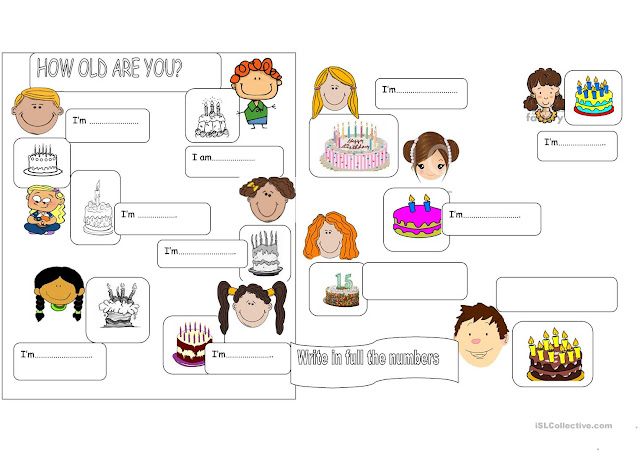
Kennedy was the second-oldest member of the court. The oldest, Democrat Ruth Bader Ginsburg, is 85 and has been treated for pancreatic cancer. The next oldest after Kennedy is another liberal, Stephen Breyer, who is 79.
Senate Republicans will try to fill Kennedy's seat before November. Majority Leader Mitch McConnell said Wednesday "we will vote to confirm Justice Kennedy's successor this fall." McConnell blocked then-President Barack Obama's nominee to fill Scalia's seat, Judge Merrick Garland, clearing the way for Trump to nominate Gorsuch.
Kennedy's retirement foreshadowed tension ahead between Senate Republicans and Democrats. Senate Minority Leader Chuck Schumer said Wednesday that Republicans "should follow the rule they set in 2016, not to consider a Supreme Court Justice in an election year." McConnell has made a distinction between presidential and midterm election years.
Nominated by President Ronald Reagan and sworn in in 1988, Kennedy became a swing vote on the nine-member court.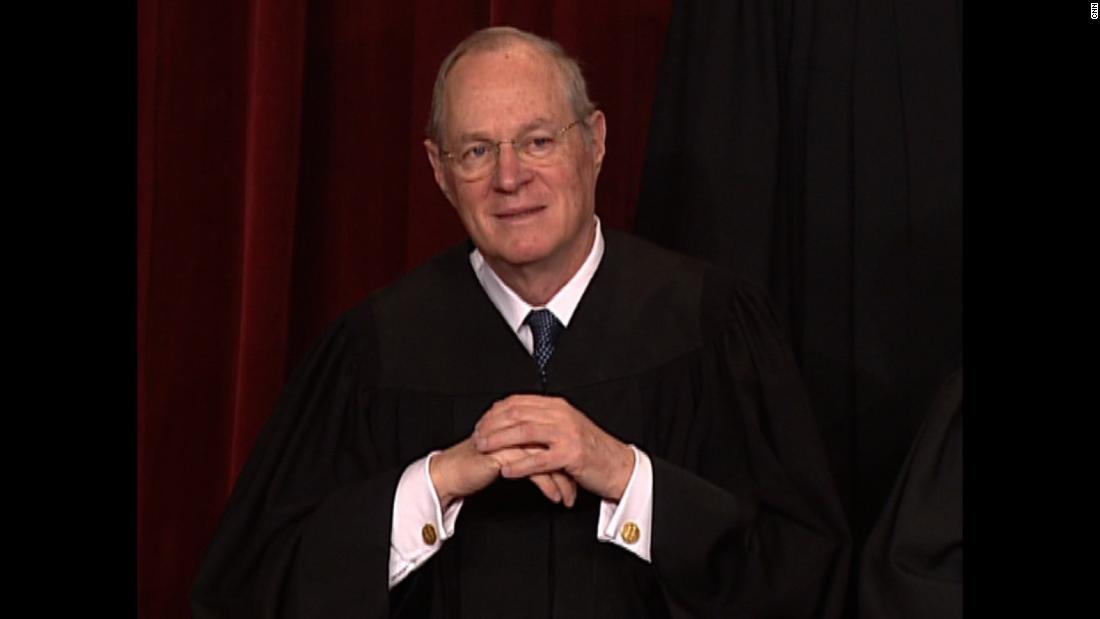 He often sided with his liberal colleagues, including in the landmark ruling that recognized same-sex marriage in 2015.
He often sided with his liberal colleagues, including in the landmark ruling that recognized same-sex marriage in 2015.
"No union is more profound than marriage, for it embodies the highest ideals of love, fidelity, devotion, sacrifice and family," he wrote in the majority opinion. "As some of the petitioners in these cases demonstrate, marriage embodies a love that may endure even past death. It would misunderstand these men and women to say they disrespect the idea of marriage. Their plea is that they do respect it, respect it so deeply that they seek to find its fulfillment for themselves. Their hope is not to be condemned to live in loneliness, excluded from one of civilization’s oldest institutions. They ask for equal dignity in the eyes of the law. The Constitution grants them that right."
He also sided with the liberals and Chief Justice John Roberts in the 2015 landmark ruling on the Affordable Care Act. The 6-3 ruling allowed the federal government to provide nationwide tax subsidies to help Americans buy health insurance in the Obamacare program.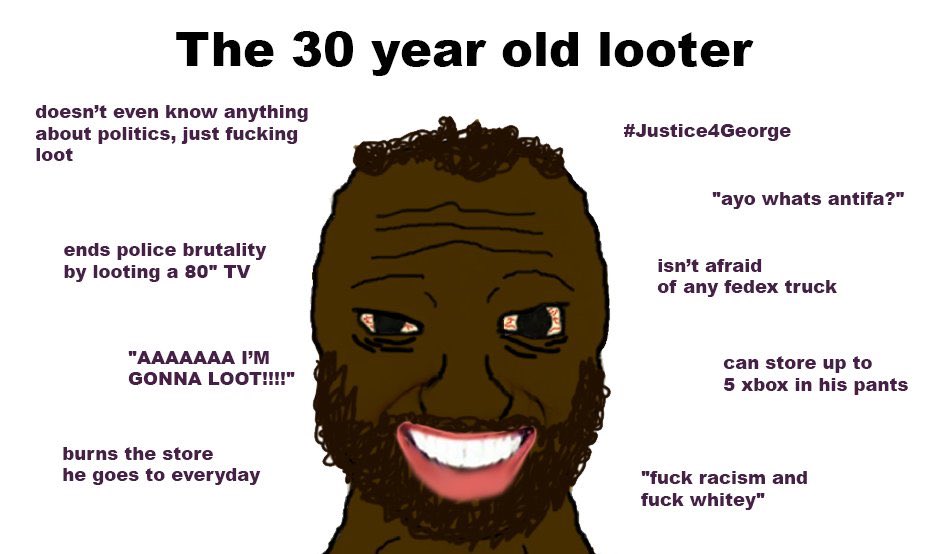
However, in the 2012 ruling that upheld Obamacare's individual mandate requiring Americans to obtain health insurance, Kennedy sided with the conservative dissent. He said the court's majority "regards its statutory interpretation as modest. It is not. It amounts to a vast judicial overreaching. It creates a debilitated, inoperable version of healthcare regulation that Congress did not enact and the public does not expect."
In 1992, Kennedy joined four other justices in a ruling upholding Roe v. Wade.
The Stanford and Harvard Law School-educated Kennedy served on the Ninth Circuit Court of Appeals in the western U.S. before his appointment to the highest U.S. court. His tenure on the Supreme Court lasted more than three decades.
Kennedy will turn 82 only days before his planned date of retirement.
The justice left a parting message of sorts in a concurring opinion he wrote this week when the court upheld Trump's travel ban in a 5-4 ruling. He was the only justice signed on to the opinion.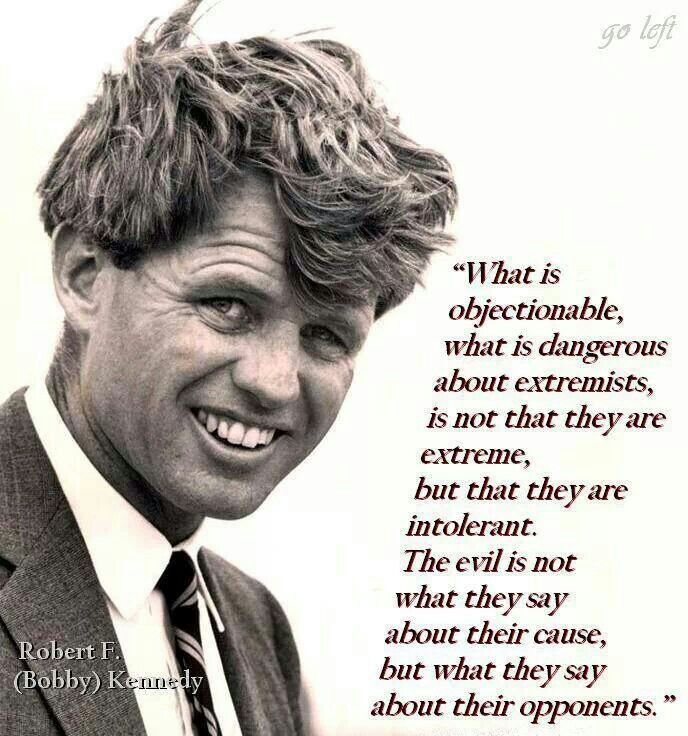
The First Amendment prohibits the establishment of religion and promises the free exercise of religion. From these safeguards, and from the guarantee of freedom of speech, it follows there is freedom of belief and expression. It is an urgent necessity that officials adhere to these constitutional guarantees and mandates in all their actions, even in the sphere of foreign affairs. An anxious world must know that our Government remains committed always to the liberties the Constitution seeks to preserve and protect, so that freedom extends outward, and lasts.
Justice Anthony Kennedy
Correction: An earlier version misstated the year that the Supreme Court ruled in favor of nationwide tax subsidies to help Americans buy health insurance in the Obamacare program. It was 2015.
watch now
WATCH LIVEWATCH IN THE APP
WATCH LIVEWATCH IN THE APP
Washington CNN —
Justice Anthony Kennedy, a conservative who provided key votes for same sex-marriage, abortion access and affirmative action, will retire from the Supreme Court.
President Donald Trump listens while Supreme Court Justice Anthony Kennedy speaks during a ceremony in the Rose Garden of the White House April 10, 2017 in Washington, DC.
BRENDAN SMIALOWSKI/AFP/Getty ImagesAnthony Kennedy didn't save the liberals
The retirement is effective July 31, Kennedy said in a letter to President Donald Trump on Wednesday.
Kennedy’s decision to step down could transform the Supreme Court for generations. Trump will have his second opportunity to nominate a justice and will likely replace Kennedy with a young, conservative jurist. That would create a bloc of five staunch conservative justices who could move the court further to the right and cement a conservative majority for the foreseeable future.
Trump will have his second opportunity to nominate a justice and will likely replace Kennedy with a young, conservative jurist. That would create a bloc of five staunch conservative justices who could move the court further to the right and cement a conservative majority for the foreseeable future.
The nomination battle will likely ignite a firestorm on Capitol Hill as it comes just a year after Republicans changed the rules of the Senate in order to push through the nomination of Justice Neil Gorsuch, Trump’s first nominee.
Trump said he has held Kennedy in high esteem, and that a search for a replacement will begin immediately.
“He’s been a great justice of the Supreme Court,” Trump said, later adding, “He is a man who’s displayed great vision, he’s displayed tremendous vision.”
Trump and Kennedy met shortly before the announcement was made.
“(We) had a very deep discussion. I got his ideas on things,” Trump said in the Oval Office. “I asked him if he had certain people he had great respect for that could potentially take his seat.”
Getty Images/AP/Notre Dame/Alchetron
Here are potential contenders to replace Justice Kennedy
Senate Majority Leader Mitch McConnell, who blocked President Barack Obama’s nomination of Merrick Garland in 2016 until the presidential election was held, paving the way for Gorsuch, said the Senate will move quickly.
“We will vote to confirm Justice Kennedy’s successor this fall,” McConnell said Wednesday.
The court opening is also likely to drastically alter both parties’ approaches to November’s midterm elections. Republicans, in particular, hope the vacancy activates a base that the party has worried would sit out this year’s contests.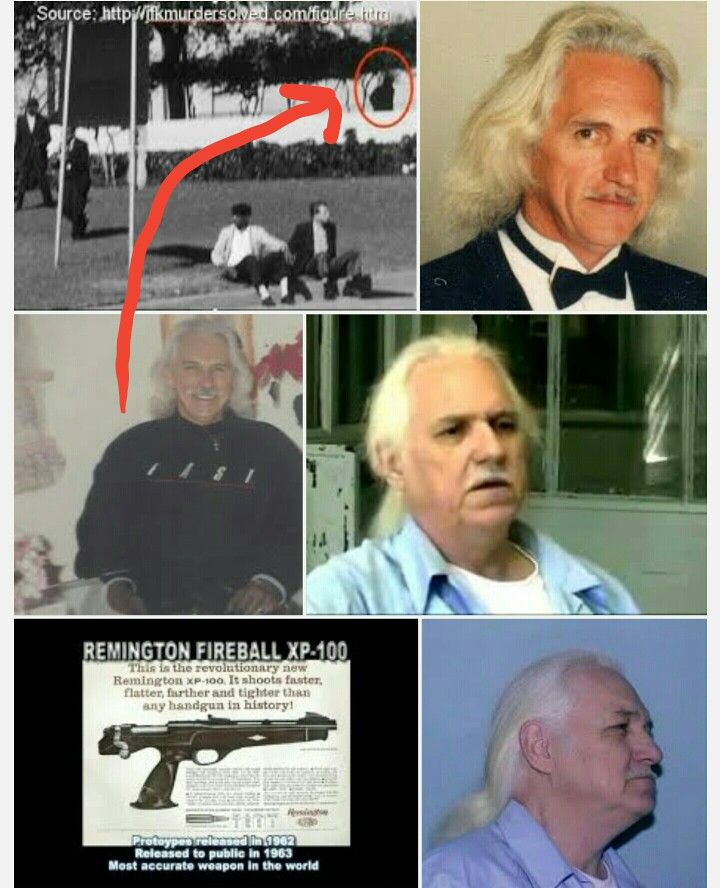
The timing couldn’t be worse for the five Democratic senators up for re-election in states Trump won by double digits: Sens. Joe Donnelly of Indiana, Claire McCaskill of Missouri, Jon Tester of Montana, Heidi Heitkamp of North Dakota and Joe Manchin of West Virginia. If those five vote against Trump’s nominee, they’ll hand Republicans a potent issue to hammer them with. If they vote for the nominee, they risk severe retribution from within the Democratic Party.
Recalling McConnell’s action, Democrats have begun calling for a delay until after the midterms.
“Sen. McConnell set the new standard by giving the American people their say in the upcoming election before Court vacancies are filled,” said Illinois Democratic Sen. Dick Durbin. “With so much at stake for the people of our country, the US Senate must be consistent and consider the President’s nominee once the new Congress is seated in January.”
McConnell set the new standard by giving the American people their say in the upcoming election before Court vacancies are filled,” said Illinois Democratic Sen. Dick Durbin. “With so much at stake for the people of our country, the US Senate must be consistent and consider the President’s nominee once the new Congress is seated in January.”
“Millions of people are just months away from determining the senators who should vote to confirm or reject the President’s nominee, and their voices deserve to be heard now, as leader McConnell thought they should deserve to be heard then,” said Senate Minority Leader Chuck Schumer, D-New York. “Anything but that would be the absolute height of hypocrisy.”
Kennedy, 81, controlled the outcome of cases on hot-button issues like no other justice in recent history, as he often was the “swing vote” between the four liberal justices and the four more conservative justices.
A Ronald Reagan appointee who took the bench in 1988, Kennedy’s most lasting legacy will most likely be in the area of gay rights. In 2015, in it was Kennedy who penned Obergefell v. Hodges, the landmark opinion that cleared the way for same-sex marriage nationwide.
WASHINGTON, DC - APRIL 10: U.S. Supreme Court Associate Justice Anthony Kennedy is seen during a ceremony in the Rose Garden at the White House April 10, 2017 in Washington, DC. Earlier in the day Gorsuch, 49, was sworn in as the 113th Associate Justice in a private ceremony at the Supreme Court. (Photo by Eric Thayer/Getty Images)
Eric Thayer/Getty Imagesgallery
Supreme Court Justice Anthony Kennedy
“They ask for equal dignity in the eyes of the law and the Constitution grants them that right,” Kennedy wrote.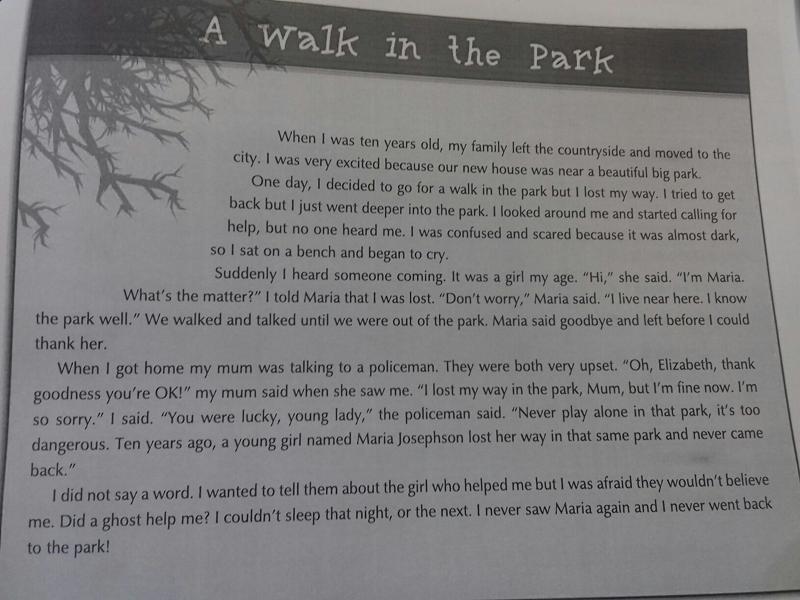
Personal dignity and liberty are constant themes in Kennedy’s jurisprudence as well as the limitation of federal power over the sovereignty of the states.
Kennedy disliked the label of “swing vote,” but he did side with his conservative colleagues on issues such as campaign finance, gun control and voting rights. He also cast a vote with conservatives in Bush v. Gore, the 2000 case on disputed electoral results that cleared the way for the presidency of George W. Bush.
Kennedy authored the majority opinion in Citizens United v. FEC striking down election spending limits for corporations and unions in support of individual candidates – an opinion that liberals and Democrats on the campaign trail vowed to overturn.
FEC striking down election spending limits for corporations and unions in support of individual candidates – an opinion that liberals and Democrats on the campaign trail vowed to overturn.
To the dismay of conservatives, however, he joined the liberals on the court in other areas.
Justice Kennedy harshly critiques Trump
00:58 - Source: CNN
Kennedy voted to reaffirm the core holding of Roe v. Wade in 1992, only to vote to uphold a federal ban on a particular abortion procedure in 2007.
Nine years later, he sided once again with the liberals on the court to strike down a Texas law that abortion rights supporters thought was the strictest nationwide. Without Kennedy’s vote, the law would have been allowed to go into effect, inspiring other states to pass similar legislation.
Without Kennedy’s vote, the law would have been allowed to go into effect, inspiring other states to pass similar legislation.
In the same term, Kennedy pivoted on the issue of affirmative action when he voted for the first time in favor of a race- conscious admissions plan at a public university.
After that term, former acting Solicitor General Neal Katyal said, “It is very much Justice Kennedy’s court.”
“You can’t understand how important his affirmative action opinion is without understanding his earlier jurisprudence,” Katyal said. “For decades, he has been the court’s most eloquent voice on the need to be color blind – why he changed his mind is something historians will debate for decades.”
“For decades, he has been the court’s most eloquent voice on the need to be color blind – why he changed his mind is something historians will debate for decades.”
Kennedy also wrote the decision striking down the death penalty for juvenile offenders in Roper v. Simmons.
He reflected on his role in close decisions in a 2010 interview.
“If the case is close 5-4 and let’s say you are on the side that prevailed with the majority, there are not a lot of high-fives and back slaps. There is a moment of quiet, a moment of respect, maybe even sometimes awe in the process. We realize that one of us is going to have to write out a decision which teaches and gives reasons for what we do.”
There is a moment of quiet, a moment of respect, maybe even sometimes awe in the process. We realize that one of us is going to have to write out a decision which teaches and gives reasons for what we do.”
Trump reacts to Justice Kennedy retirement
01:16 - Source: CNN
Trump Wednesday said he would select a replacement from the list of possible justices that he released during his campaign.
“We have a very excellent list of great, talented, highly educated, highly intelligent, hopefully tremendous people,” he said in the Oval Office. “I think you see the kind of quality that we’re looking at when we look at that list. ”
”
Possible top-tier candidates include Judge Brett Kavanaugh of the U.S. Court of Appeals for the D.C. Circuit and Judge Raymond M. Kethledge of the 6th US Circuit Court of Appeals, who are both former clerks of Kennedy. Judge Thomas Hardiman of the 3rd Circuit was interviewed by the President as a runner-up for the Antonin Scalia seat.
Also in the mix are individuals who Trump has already nominated for lower court seats. That includes Judges Amul Thapar and Joan Larsen, who sit on the 6th Circuit. Thapar has the support of Senate GOP leader McConnell.
Another potential is Amy Coney Barrett, who Trump nominated for a seat on the 7th Circuit.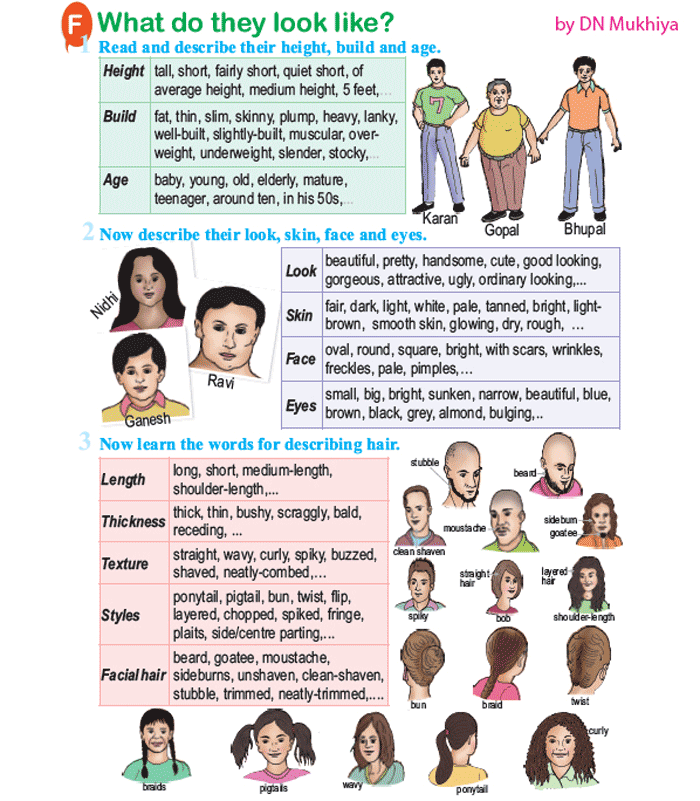
And a wildcard is Utah GOP Sen. Mike Lee, a conservative who was on Trump’s list.
U.S. Supreme Court Justice Anthony Kennedy pauses while testifying during a Financial Services and General Government Subcommittee in Washington, D.C., U.S., on Monday, March 23, 2015. Sprinting toward their spring recess, the House and Senate will separately consider budget blueprints, perhaps leading to the first joint congressional budget in six years. Photographer: Pete Marovich/Bloomberg via Getty Images
Pete Marovich/Bloomberg via Getty ImagesREAD: Justice Anthony Kennedy's retirement letter
Asked if he’d be interested in the job Wednesday, Lee noted that he “started watching Supreme Court arguments for fun when I was 10 years old. ”
”
“I would not say no,” Lee said.
Although for many years Kennedy served as the most important vote on the court, he was only the third choice of President Reagan in 1987. The Senate rejected Robert Bork after contentious hearings.
Judge Douglas Ginsburg dropped out after admitting he had smoked marijuana when he served as a law professor for Harvard.
But Reagan praised his choice when he introduced him to the country, calling Kennedy “that special kind of American who’s always been there when we needed leadership. ”
”
Like Reagan, Kennedy lived his early life in California. He was a Catholic who was raised in a Republican family in Sacramento, and attended Stanford and Harvard Law School.
Kennedy is married to Mary Davis, and has three adult children.
This story is breaking and will be updated.
CNN’s Kevin Liptak and Lauren Fox contributed to this report.
American politician, 35th President of the United States John Fitzgerald Kennedy was born on May 29, 1917 in the city of Brookline (Massachusetts, USA) into a Catholic Irish family. His father was a big businessman, diplomat and politician, his mother was responsible for raising children. In total, Joseph Patrick and Rose Elizabeth Kennedy had nine children - four boys and five girls.
B 19In 36, John F. Kennedy entered Harvard University, graduating in 1940. During his studies, he was seriously fond of football, but he had to forget about sports due to a back injury, which continued to bother him until the end of his life.
John F. Kennedy was directly involved in the military battles of World War II. In 1941-1945 he served in the Navy in the Pacific Ocean, where he rose to the rank of lieutenant. A torpedo boat commanded by Kennedy was rammed by a Japanese destroyer on August 2, 1943 years. John F. Kennedy took an active part in the rescue of crew members, for which he was awarded the Purple Heart medal, the Navy and Marine Corps Medal.
Kennedy took an active part in the rescue of crew members, for which he was awarded the Purple Heart medal, the Navy and Marine Corps Medal.
Demobilized in 1945, he became a correspondent for the International News Service, attended conferences in San Francisco (1945) and Potsdam (1945).
In 1946, on the advice of his father, John F. Kennedy announced his candidacy for the US Congress from the Democratic Party. He was a member of the US House of Representatives from Massachusetts for three consecutive terms (1947-1953), served on the Labor and Education Committee.
In November 1952, John F. Kennedy successfully ran for the US Senate. At first he was a member of the Committee on Labor and Public Welfare of the Senate, since 1957 - the Committee on Foreign Affairs. In 1958 he was re-elected, having received more than 70% of the votes.
On July 13, 1960, the Democratic Party officially nominated Kennedy as their candidate for President of the United States.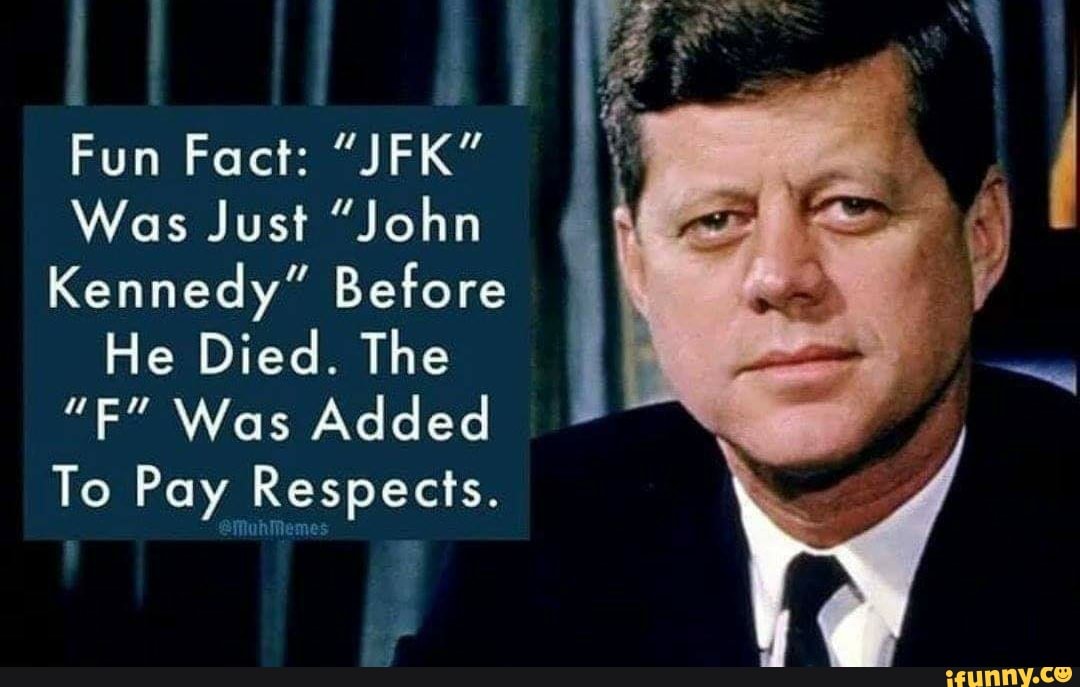 His Republican opponent was Richard Nixon. nine0003
His Republican opponent was Richard Nixon. nine0003
In the November 8, 1960, election, Kennedy beat Nixon to become the youngest president in US history.
John F. Kennedy was sworn in as head of state on January 20, 1961. The new president's action plan was called the New Frontier program. Under him, Congress approved the creation of the Peace Corps, raised the minimum wage, liberalized social insurance, and passed laws on housing construction, assistance to distressed areas of the country, retraining of the labor force, and the payment of benefits to the temporarily unemployed. During the Kennedy presidency, a huge step was taken in space exploration - the Apollo program was launched. nine0003
Instead of the obsolete doctrines of "rolling back communism" and "massive retaliation", the Kennedy administration promulgated the doctrine of "flexible response" (flexible response).
At the same time, John F. Kennedy approved the US intervention in the civil war in South Vietnam, during his presidency the Berlin and Caribbean crises fell.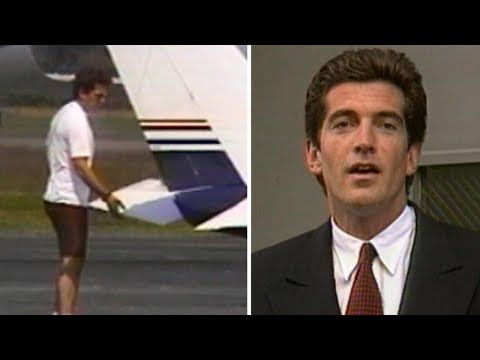
In late 1963, in preparation for the upcoming election year, the President began a series of tours around the country. On November 21, 1963, Kennedy flew to Texas. On November 22 at 12:30 p.m. ET, the president, along with his wife and the state governor, was riding in an open limousine along one of the streets of the Texas city of Dallas, greeting the Americans who greeted him, he was mortally wounded. One of the bullets went through the president's neck; the other, which turned out to be fatal, crushed his skull on the right side. nine0003
The wounded John F. Kennedy was taken to the Parkland Hospital, where, half an hour after the assassination attempt, he was pronounced dead as a result of a head wound. Then the coffin with the body of the President was delivered by plane to Washington.
John F. Kennedy's body was exhibited in the East Room of the White House, where a farewell ceremony was held for 24 hours for loved ones, relatives and high-ranking politicians.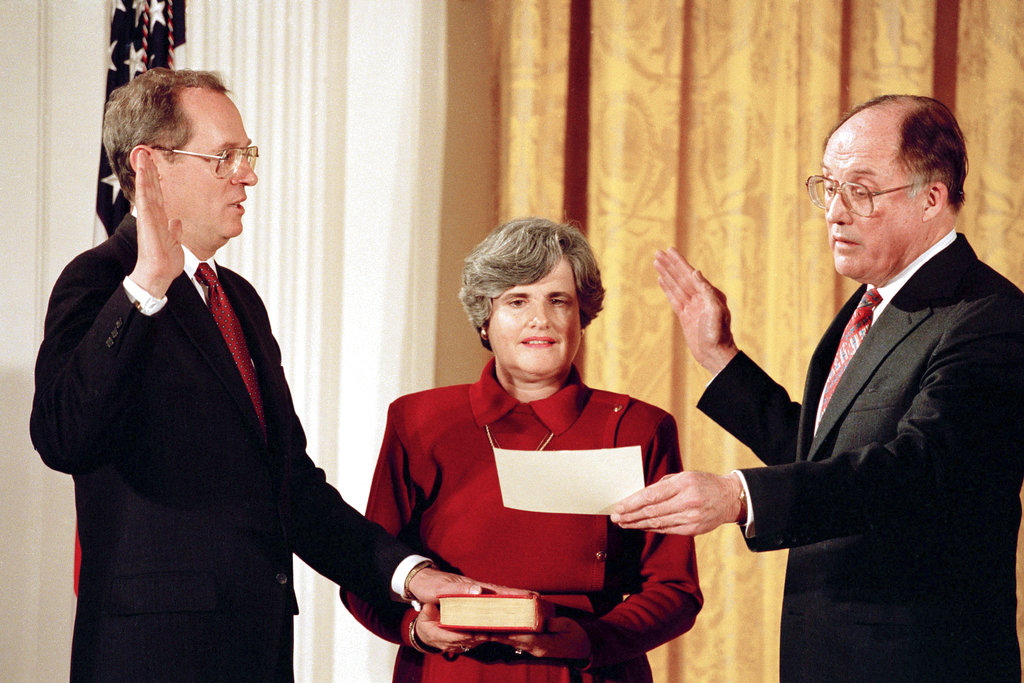 On November 24, a horse-drawn carriage delivered the coffin to the Capitol building, where a farewell to John F. Kennedy was held for ordinary citizens. nine0003
On November 24, a horse-drawn carriage delivered the coffin to the Capitol building, where a farewell to John F. Kennedy was held for ordinary citizens. nine0003
The number of people wishing to say goodbye to the deceased president in the Capitol building exceeded 200 thousand people. On November 25, 1963, which was declared a national day of mourning, the coffin with the body of John F. Kennedy on a carriage from the Capitol was brought to St. US President.
To investigate the assassination of John F. Kennedy, a special commission was created, headed by Chief Justice of the US Supreme Court Earl Warren. nine0003
According to her findings, presented in late September 1964, the President's car was shot three times by former US Marine Lee Harvey Oswald, who was arrested on the day of John F. Kennedy's assassination. According to the commission, Oswald, while on the sixth floor of the school book depository, fired three shots from the Carcano carbine, one of which did not reach the target.
Two days after his arrest, Oswald was gunned down in a Dallas police station by nightclub owner Jack Ruby (Jacob Leon Rubinstein) as he was being escorted out to be sent to federal prison. nine0003
On March 14, 1964, Ruby was sentenced to death, but appealed and won. In December 1966, while waiting for a new trial date, Jack Ruby was diagnosed with cancer and died on January 3, 1967. During the investigation and trial, Ruby, like Oswald, was recognized as a lone killer.
The official report of the Warren Commission sharply criticized the CIA, the FBI and the Dallas police for failing to prevent the president's death. Based on the report, which contained many inaccuracies, contradictions and errors, the commission, nevertheless, gave an unequivocal conclusion that there was no conspiracy against the president. However, neither the American nor the world public was satisfied with the official conclusion of the Warren Commission. Versions of this crime only multiply from year to year, and the mystery of the assassination of President Kennedy remains unsolved to this day.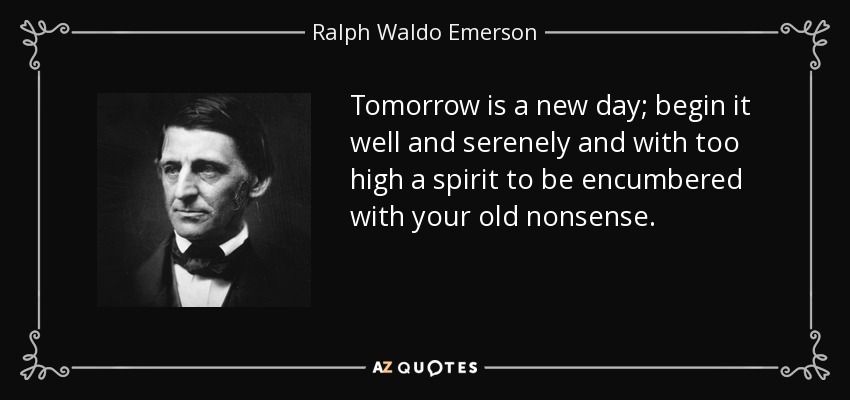 nine0003
nine0003
John F. Kennedy was a Pulitzer Prize winner. The award went to him in 1957 for the book Profiles in Courage, which tells about the life and work of eight US senators.
Kennedy was posthumously awarded the Presidential Medal of Freedom (1993).
Cape Canaveral in Florida was renamed in honor of John F. Kennedy, where the spacecraft launch complex is located; strike aircraft carrier of the US Navy. The house in Brookline, where the president was born, has the status of a national museum. The John F. Kennedy Presidential Library is located in Boston, part of the exposition is dedicated to his brother Robert Kennedy. In Dallas, at the intersection of Houston Street and Elm Street, the site of the death of the president, a nine-meter memorial stele has been erected. nine0003
Since 1953, John F. Kennedy was married to Jacqueline Bouvier (1929-1994). The couple had four children, two of whom died shortly after birth.
Kennedy's eldest daughter Caroline studied law, worked at the New York Metropolitan Museum of Art, and did charity work. In 2009, she applied for a seat in the New York State Senate, but later withdrew her candidacy. In October 2013, Caroline Kennedy became the first female U.S. Ambassador to Japan. John Fitzgerald Kennedy Jr. was a lawyer and journalist who died in a plane crash at 1999 at the age of 38.
In 2009, she applied for a seat in the New York State Senate, but later withdrew her candidacy. In October 2013, Caroline Kennedy became the first female U.S. Ambassador to Japan. John Fitzgerald Kennedy Jr. was a lawyer and journalist who died in a plane crash at 1999 at the age of 38.
The material was prepared on the basis of information from RIA Novosti and open sources
With the consent of President Donald Trump, the US National Archives declassified almost 3 thousand documents from the case of the assassination of President John F. Kennedy in 1963
John Kennedy (Photo: Warren Commission via AP)
On October 25, the US National Archives declassified almost 3,000 documents relating to the assassination of President John F. Kennedy on November 22, 1963. Financial documents, notes and protocols were classified during the investigation into the assassination of the president, although they relate to many issues of US domestic and foreign policy in the 1960s.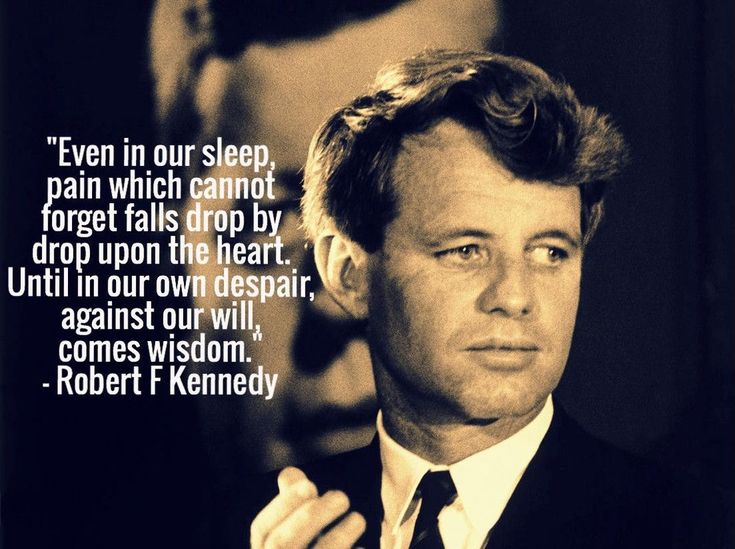 According to the law adopted in 1992, all documents had to be declassified by October 25, 2017. However, intelligence agencies have repeatedly appealed to US President Donald Trump with a request to postpone the publication. The President partially granted the request of the special services, leaving about 300 documents classified. nine0003
According to the law adopted in 1992, all documents had to be declassified by October 25, 2017. However, intelligence agencies have repeatedly appealed to US President Donald Trump with a request to postpone the publication. The President partially granted the request of the special services, leaving about 300 documents classified. nine0003
RBC collected ten facts that either became known for the first time, or only after publication received evidence in the form of declassified files.
In April 1975, Richard Helms, who headed the CIA from 1966 to 1973, was called to testify to the so-called Rockefeller Commission. It was set up under then US Vice President Nelson Rockefeller to investigate the alleged illegal activities of the CIA in previous years.
The interrogation was conducted by commissioner David Belin, who told Helms: “The last part of my interrogation concerns the possible covert involvement of the CIA in the assassination of President Kennedy.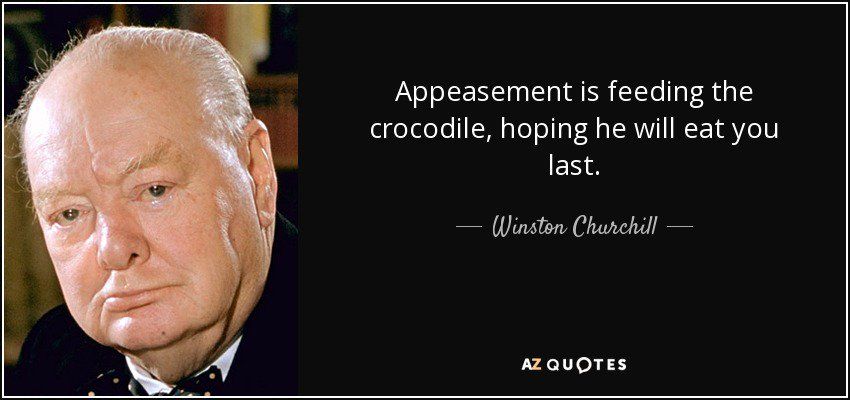 During the Warren Commission on the investigation of the circumstances of the murder, you worked as the Deputy Director of Planning for the CIA, right?
During the Warren Commission on the investigation of the circumstances of the murder, you worked as the Deputy Director of Planning for the CIA, right?
Having received an affirmative answer from Helms, Belin continued: “Is there any information related to the Kennedy assassination case that proves in any way that Oswald was in any way a CIA agent or an agent ...”, — at this, the declassified part of the interrogation protocol ends, Helms' answer is still unknown. nine0003
Photo: archives.gov
On October 1, 1963, US intelligence agencies intercepted a phone call from Lee Harvey Oswald to the Soviet embassy in Mexico City. The content of the conversation is given in a CIA document dated November 23, 1963.
From an overheard conversation that Oswald had with an embassy guard in broken Russian, it became known that three days earlier, on September 28, 1963, Oswald had visited the Soviet embassy in Mexico City, where he talked with consul Valery Kostikov. The latter, according to the FBI, was a KGB agent and carried out operations on behalf of the 13th department, "responsible for sabotage and assassinations." nine0003
The latter, according to the FBI, was a KGB agent and carried out operations on behalf of the 13th department, "responsible for sabotage and assassinations." nine0003
Oswald asked the guard if there was "anything new about the telegram to Washington". The guard replied to Oswald that "an inquiry has been sent to Washington, but no response has yet been received."
Lee Harvey Oswald (Photo: AP)
The CIA document indicates that the FBI had reason to believe that Oswald's visit to the Soviet embassy in Mexico City was related to his intention to obtain an American passport or to resolve visa issues with the support of the Soviet embassy. nine0003
However, it follows from the document that US intelligence agencies believed Oswald was a KGB agent. “Of course, it is unusual for a KGB agent on such a delicate assignment to have open contact with the Soviet embassy. But we have top-secret documents on military intelligence doctrine, which says that contact with the most important agents can take place in official institutions, under the guise of a legal meeting, ”says the CIA document. It was compiled the day after Kennedy's assassination and the day before Oswald's death. nine0003
But we have top-secret documents on military intelligence doctrine, which says that contact with the most important agents can take place in official institutions, under the guise of a legal meeting, ”says the CIA document. It was compiled the day after Kennedy's assassination and the day before Oswald's death. nine0003
video
From a memorandum filed by FBI Director Edgar Hoover dated November 24, 1963, it follows that the FBI received signals about an impending assassination attempt on Oswald. The document was drawn up after the murder of the suspect.
"There is nothing more to add to the Oswald case except that he is now dead," Hoover's report begins.
“Last night we received a phone call to our office in Dallas from a man who said in a calm voice that he was a member of the committee that was set up to kill Oswald. We immediately alerted the chief of police, and he assured us that Oswald would be given sufficient protection.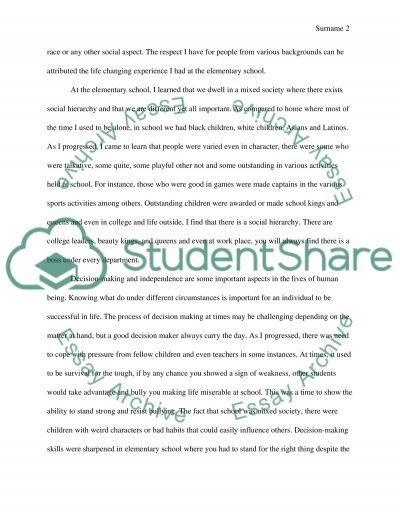 This morning we called the head of the police again and warned him that there was a conspiracy against Oswald, and again he gave us guarantees that he [Oswald] would be given protection. However, this was not done, ”Hoover said in a note. nine0003
This morning we called the head of the police again and warned him that there was a conspiracy against Oswald, and again he gave us guarantees that he [Oswald] would be given protection. However, this was not done, ”Hoover said in a note. nine0003
Hoover warned in the document that the assassination of Oswald, the prime suspect, could raise unwelcome suspicions among Americans. Oswald was killed on November 24 while being escorted to a Dallas prison. The killer was nightclub owner Jack Ruby.
The head of the FBI expressed "concern" that something had to be done to prove to the public that Oswald was the president's assassin. He also drew attention to the fact that Oswald visited Mexico City in September 1963, where he called the Cuban embassy in Mexico, and also sent a request to the Soviet embassy for a visa to the USSR. nine0003
Murder of Lee Harvey Oswald (Photo: Bob Jackson / Dallas Times-Herald / AP)
The suspicion that Kennedy was assassinated by US intelligence agencies was raised in the American director Oliver Stone's film John F.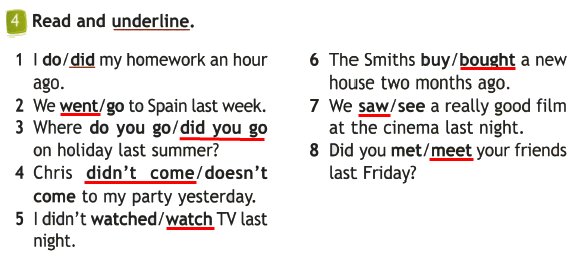 Kennedy. Shots in Dallas. It was after this that in 1992 the US Congress decided to declassify documents related to the case by 2017.
Kennedy. Shots in Dallas. It was after this that in 1992 the US Congress decided to declassify documents related to the case by 2017.
Four days after the presidential assassination, on November 26, one of the agents reported to FBI Director Edgar Hoover that he had learned from the CIA station in London that 25 minutes before the assassination attempt on Kennedy on November 22, a senior reporter for the British Cambridge News received an anonymous call. “An unidentified person advised the reporter to call the US Embassy for some big news and hung up,” the report says.
Some time later, when the shooting in Dallas became known, the reporter called the local police, who relayed the message to MI5 (British counterintelligence). nine0003
Photo: archives.gov
Memorandum, dated December 1966, compiled from reports by American intelligence officers in the USSR, describing the mood among the Soviet elite and ordinary citizens in the first days after Kennedy's assassination.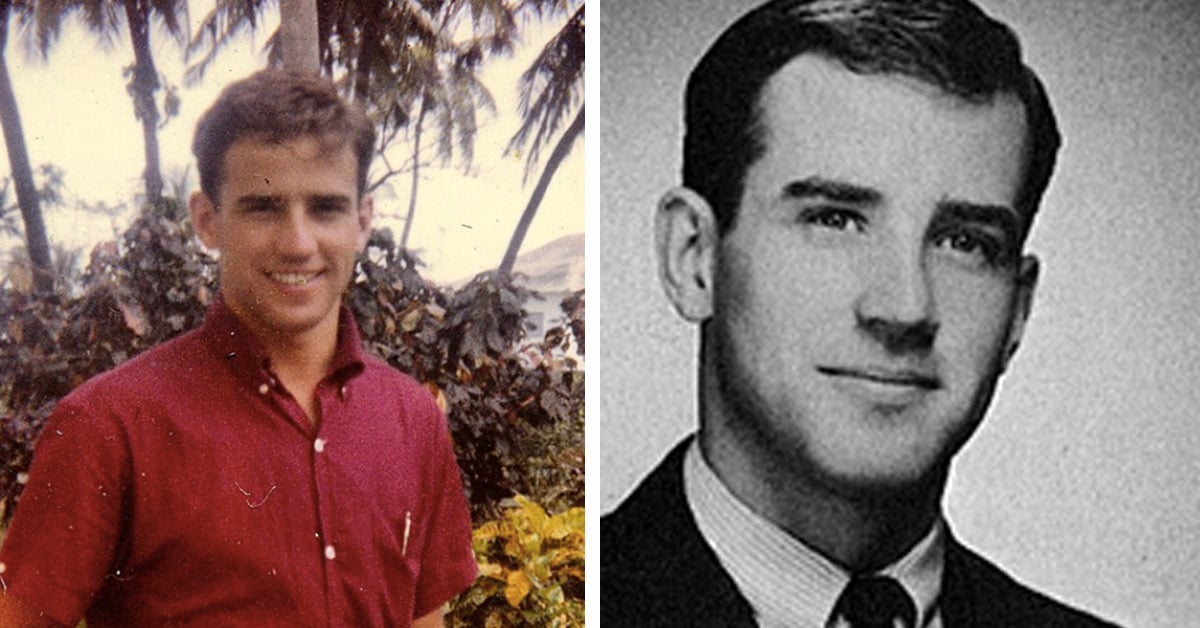 One source says news of the Dallas shooting reached the USSR almost instantly, causing shock and consternation. “Church bells sounded all over the country in memory of the president,” he added.
One source says news of the Dallas shooting reached the USSR almost instantly, causing shock and consternation. “Church bells sounded all over the country in memory of the president,” he added.
The same source claims that the Soviet authorities were convinced that the assassination was "the work of ultra-right conspirators" and feared that during the period of anarchy "some irresponsible generals could launch a nuclear warhead towards the USSR." nine0003
Another FBI source claimed that in the first days after the assassination of the president, the Soviet authorities in New York (the permanent mission to the UN, the KGB residency) held secret briefings for employees, at which they said that the change of power opens an undesirable period of uncertainty, since the policy of the vice-president President Lyndon Johnson in relation to the USSR was poorly known to them.
This document was known before, but was not made available to the public.
Photo: AP
Politico draws attention to the publication of documents relating to FBI surveillance of human rights activist Martin Luther King. One of the files, the beginning of which was heavily edited, contains pages dated May 18-19, 1966, which list 18 names and telephone numbers of people who had telephone conversations with King.
One of the files, the beginning of which was heavily edited, contains pages dated May 18-19, 1966, which list 18 names and telephone numbers of people who had telephone conversations with King.
FBI agents were concerned about King's possible ties to the communist movement, according to another intelligence document. The possible connection of King with the Communists was indicated by the exclusive publication of his article in the Italian weekly Vie Nuove, which belonged to the Italian Communist Party, writes Politico, citing a declassified document. nine0003
From the Cuban Revolution in January 1959 until about 2000, the American authorities plotted hundreds of assassination attempts against Fidel Castro. Documents declassified on October 25 shed light on one such attempt, which was discussed six months after the assassination of President Kennedy.
The assassination plan, prepared in July 1964 on an FBI letterhead, describes negotiations with Cuban immigrants who are ready to return to the island and kill the leaders of the revolution. It was supposed to pay $100,000 for Fidel's head, and $20,000 each for the murder of his brother Raul and Ernesto Che Guevara. In modern prices, this is about $800,000 and $150,000, respectively. nine0003
It was supposed to pay $100,000 for Fidel's head, and $20,000 each for the murder of his brother Raul and Ernesto Che Guevara. In modern prices, this is about $800,000 and $150,000, respectively. nine0003
Subsequently, the price for the head of the leader of the Cuban revolution was deliberately reduced by 5 million times. One of the documents, dated as early as 1975, is another plan to overthrow the communist government in Cuba. Among the options considered were a military invasion, the use of mercenary gangsters, as well as the project of Operation Reward.
According to this operation, leaflets with rewards for the murder of politicians and officials were planned to be scattered over the entire territory of the island. For example, for the murder of any leader of a party cell, the reward would be $10-40 thousand. For a government official - already from $55 thousand to $100 thousand.
The murder of Fidel Castro is worth only two cents. According to a 1975 US Senate report, this was intended to "humiliate" the Cuban leader himself.
According to a 1975 US Senate report, this was intended to "humiliate" the Cuban leader himself.
Photo: archives.gov
CIA Director Richard Helms in April 1975 stated that Kennedy's successor Lyndon Johnson said that Kennedy's assassination was a response to the assassination of Vietnamese President Ngo Dinh Diem. The first president of South Vietnam was shot dead on November 2, 1963, three weeks before Kennedy's death. He was killed in a CIA-backed military coup. nine0003
JFK assassination site (Photo: Jessica Rinaldi/Reuters)
Support for Latin American saboteurs
Among the thousands of documents posted, there are many statements that spelled out financial assistance to anti-communist rebels in Latin America. One of them is, in fact, the payroll for October 1961 years old.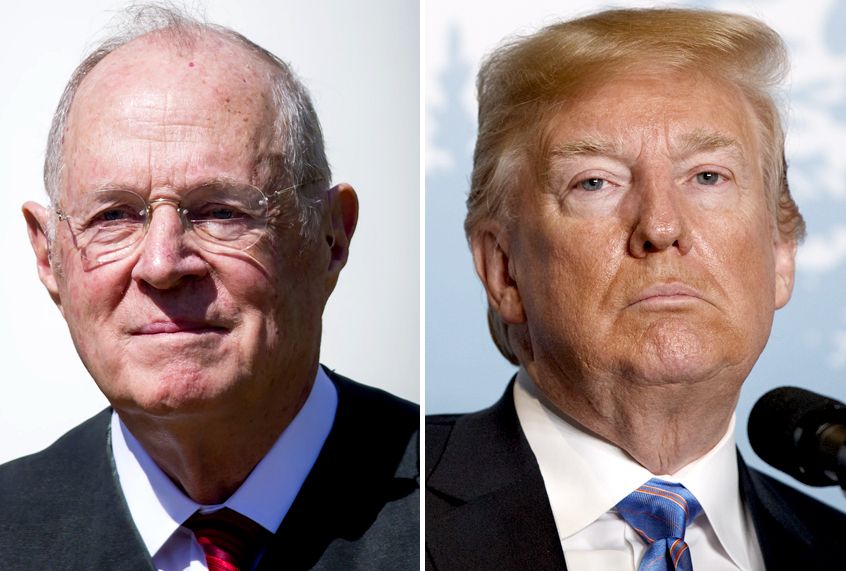
This list contains the names of several hundred people, opposite each of which their "salary" is indicated - on average, about $ 200-250 ($ 1500-2000 in modern prices).
John F. Kennedy, the 35th President of the United States, was shot dead in Dallas on November 22, 1963, while riding in a convertible with his wife Jacqueline and Texas Governor John Connally. Shots, according to the official version, fired former Marine Lee Harvey Oswald, who was killed two days after the incident. nine0003
A week after Kennedy's assassination, incoming President Lyndon Johnson set up a commission of inquiry headed by Chief Justice Earl Warren. His report, published in 1964, states that Kennedy was shot from a sixth-story window located at the southeast corner of the Texas School Book Depository building. However, no evidence was provided that Oswald was involved in any domestic or international conspiracy against Kennedy. nine0003
nine0003
Investigations by other government commissions found no evidence that the CIA or other intelligence agencies were involved in the Kennedy assassination. In 1979, the United States House Committee on Political Assassinations, set up three years earlier, broadly supported the Warren Commission's conclusions, but noted that "there is a high probability that two people shot President Kennedy."
Lee Harvey Oswald arrived in Moscow on October 16 1959 years old He received a visa in Finland, where he arrived on a student visa issued on fictitious documents. In Moscow, he settled in the Berlin Hotel and, through his guide, declared his desire to stay in the USSR and obtain citizenship.
KGB officers had a long conversation with him, but he was denied citizenship. Having been refused, Oswald returned to the hotel, where he opened his veins, after which he was admitted to the hospital named after. Botkin. On October 31, 1959, at the US Embassy in Moscow, he announced his renunciation of American citizenship.